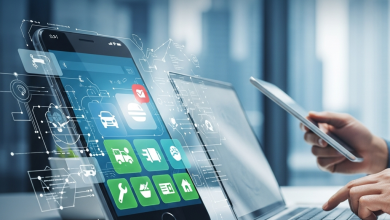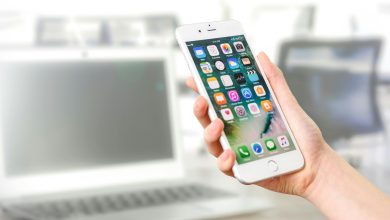
In hospitals today, barcode scanning has become more than just a helpful tool — it’s part of the daily routine. This simple technology is changing the way nurses work, making it easier to manage patient care, reduce mistakes, and keep everything running smoothly. It’s not just about convenience; barcode scanning has a real impact on safety, efficiency, and even cost savings.
Hospitals handle massive amounts of information every day, from patient charts and medication lists to inventory and treatment protocols. Keeping track of it all takes time, and without the right systems in place, it can easily become overwhelming. Barcode scanning helps take much of that burden off staff, allowing them to focus on caring for patients instead of juggling paperwork.
Making Patient Records Easier to Manage
One of the biggest changes barcode scanning brings is how nurses access and update patient records. A quick scan of a patient’s wristband instantly pulls up their complete medical history — medications, allergies, recent test results, and treatment plans — right at the bedside. No digging through paper files or waiting for a computer to load.
Every scan also creates an automatic log of what’s been done and when. Medications, vital signs, and supplies are all tracked in real time without nurses having to stop and fill out forms. This means records are more accurate, less time is spent on clerical work, and important decisions can be made faster. In emergencies, that quick access to information can make all the difference.
Reducing Medication Errors
Medication errors are one of the biggest risks in any hospital. Before barcode scanning, nurses relied entirely on manual checks, which left room for mistakes even with the most careful staff. Now, the process includes multiple automated checks.
Nurses scan both the patient’s wristband and the medication’s barcode before giving any dose. If something doesn’t match — whether it’s the wrong patient, wrong dosage, or a possible drug interaction — the system issues an alert on the spot. Many hospitals have cut medication errors in half after switching to barcode scanning, and the most serious mistakes have dropped even more.
It’s not just safer, it’s faster too. What used to take minutes with manual verification now takes seconds, allowing nurses to get through medication rounds more efficiently without sacrificing accuracy.
Improving How Hospitals Manage Supplies
Hospital supply rooms have traditionally been difficult to manage, with manual inventory tracking, stacks of paperwork, and occasional shortages of important items. Barcode scanning changes that by creating an automated system that tracks supplies in real time.
Every item has a barcode, and scanning it when it’s used updates inventory instantly. The system can flag low stock, trigger automatic orders, and even track expiration dates. This prevents waste, ensures critical items are always available, and helps hospitals save money by buying smarter.
Preventing Patient Mix-Ups
is a serious concern in healthcare. It can lead to the wrong medication, wrong treatment, or even surgery on the wrong patient. With barcode wristbands linked directly to a patient’s health record, those risks are greatly reduced.
Scanning a wristband ensures the right patient is connected to the right procedure every single time, even in high-pressure environments like emergency rooms or intensive care units. This is especially valuable when patients are unconscious or unable to communicate.
Cutting Down on Paperwork
Nursing involves a lot of documentation, and it’s only increased over the years. Barcode scanning takes much of that load off by logging actions automatically. Instead of writing down medication times or supply use hours later, it’s recorded instantly when scanned. This not only saves time but also makes records more accurate.
Hospitals can then use this data to improve processes, ensure compliance with regulations, and identify where care can be improved.
Giving Nurses More Time with Patients
Perhaps the most important benefit is that barcode scanning gives nurses more time for direct patient care. Less time spent on paperwork, searching for supplies, or double-checking medication orders means more time for assessments, answering questions, and supporting patients emotionally.
With portable scanning devices, nurses can handle most tasks right at the bedside without interruptions, keeping their attention where it’s needed most.
Connecting the Entire Hospital
Barcode systems don’t work in isolation. They link directly to hospital information systems, electronic health records, pharmacy databases, supply chain software, and billing systems. This integration means one scan can update multiple systems at once, cutting down on duplicate work and keeping everyone on the same page.
Measuring the Benefits
Hospitals that adopt barcode scanning see measurable results. Patient safety improves, medication errors drop, and inventory is managed more efficiently. Nurses report feeling less overwhelmed and more able to focus on what they trained for — caring for people. Financially, savings from reduced waste and better supply tracking often cover the cost of implementing the system within the first year.
Looking Ahead
Barcode scanning technology continues to evolve, with new features like voice commands, predictive analytics, and integration with other healthcare innovations. But even as it stands today, it’s already making a huge difference.
In the fast-paced world of healthcare, where every second counts and accuracy can save lives, medical barcode scanning is more than just a tech upgrade — it’s a vital part of providing safe, efficient, and effective patient care.




